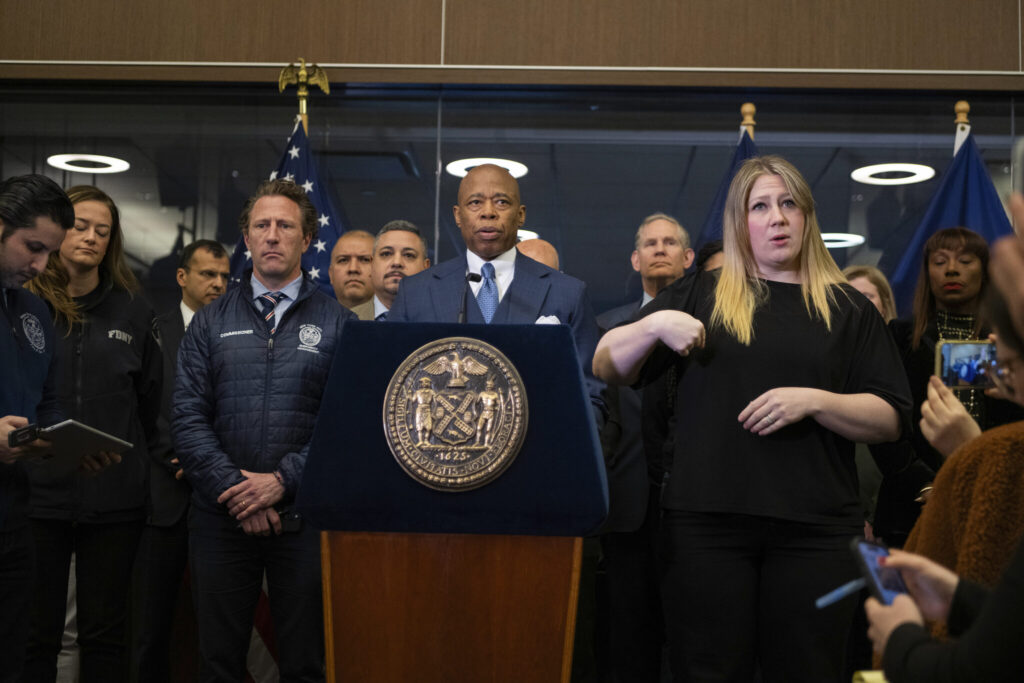New York City Mayor Eric Adams said there were no reports of major damage to infrastructure, and no reports of injuries, following the earthquake in neighboring New Jersey Friday morning. Shaking was felt widely throughout the city, where many residents are unaccustomed to even relatively mild quakes. “New Yorkers should go about their normal day,” Adams said at a news briefing. “First responders are working to make sure the city is safe.” Adams said there are no concerns for school buildings following the earthquake and the safest place for students is to remain at school.
Quick Read
- Northeast Quake: A surprising earthquake, with a preliminary magnitude of 4.8, jolted the densely populated New York City metropolitan area, extending its effects across the Northeast.
- Wide Impact: Originating near Whitehouse Station, New Jersey, the quake’s tremors were felt from Baltimore to the Massachusetts-New Hampshire border, affecting over 42 million people.
- Response and Precautions: In the wake of the quake, officials checked infrastructure for damage, Amtrak adjusted train speeds, and a commuter rail line in Philadelphia paused service as a precaution.
- Public Reaction: Residents experienced confusion and fear, with some in Manhattan fearing building collapses. The quake caused temporary cellphone network overloads due to increased call volumes.
- Presidential Involvement: President Joe Biden discussed the quake with New Jersey Governor Phil Murphy and the White House assured readiness to provide assistance if needed.
- State Officials’ Advisories: New York Governor Kathy Hochul and NYC Mayor Eric Adams reassured the public, advising caution and normalcy. There were no major infrastructure issues or injuries reported.
- Earthquake Rarity: The event was unusual for the East Coast, which lies away from tectonic plate boundaries, making quakes less common compared to the West Coast.
- Historical Context: The quake stirred memories of the 2011 earthquake that significantly affected the East Coast, emphasizing the potential impact of seismic events in this region.
- Government Actions: Local and federal officials, including the Department of Homeland Security, monitored potential impacts, ensuring public safety and infrastructure integrity.
- Community Experience: The quake prompted diverse reactions, from fear in office buildings to concern at international forums like the UN, showcasing the widespread effect of the tremor.
The Associated Press has the story:
Mayor Eric Adams: New Yorkers can “go about their normal day” after quake
Newslooks- NEW YORK (AP) —
An earthquake shook the densely populated New York City metropolitan area Friday morning, with residents across the Northeast reporting rumbling in a region unaccustomed to it.
The U.S. Geological Survey reported a quake at 10:23 a.m. with a preliminary magnitude of 4.8, centered near Whitehouse Station, New Jersey, or about 45 miles west of New York City and 50 miles north of Philadelphia. The agency’s figures indicated that the quake might have been felt by more than 42 million people.
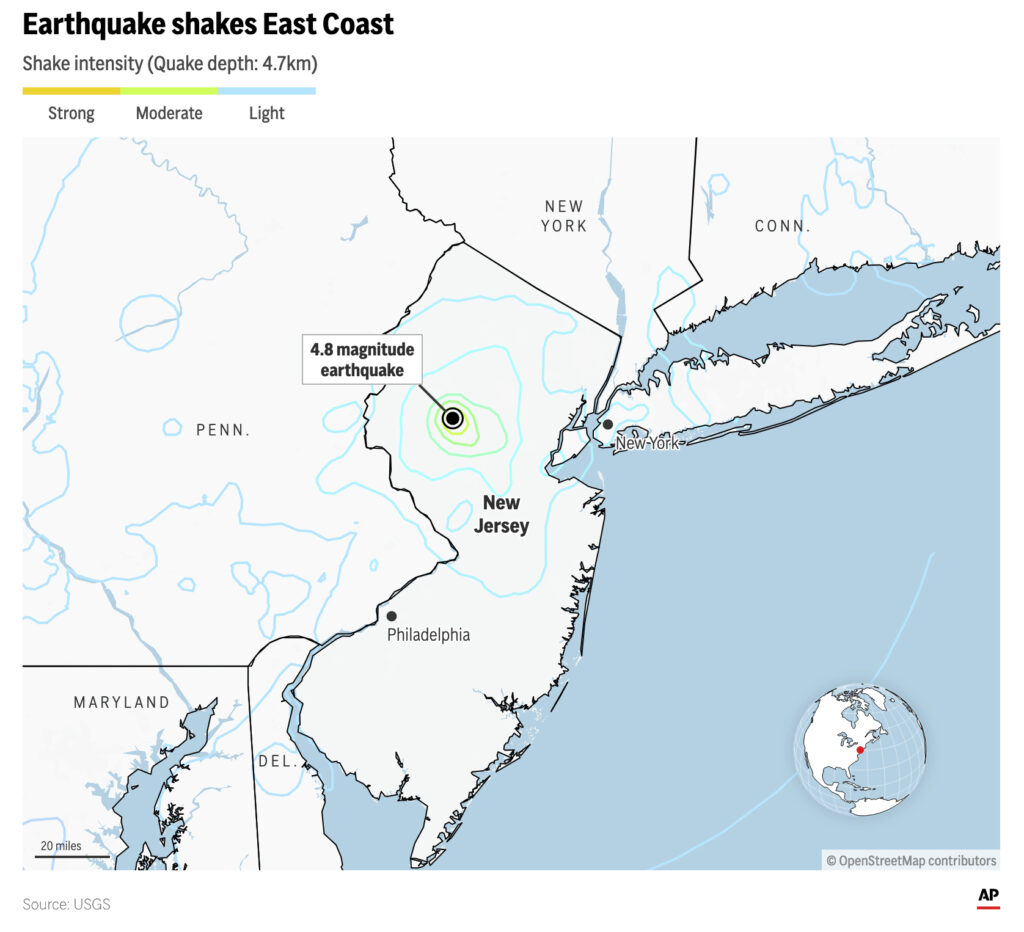
People from Baltimore to the Massachusetts-New Hampshire border reported feeling the ground shake. While there were no immediate reports of serious damage, officials were checking bridges and other major infrastructure, Amtrak slowed trains throughout the busy Northeast Corridor, and a Philadelphia-area commuter rail line suspended service out of what it said was “an abundance of caution.”
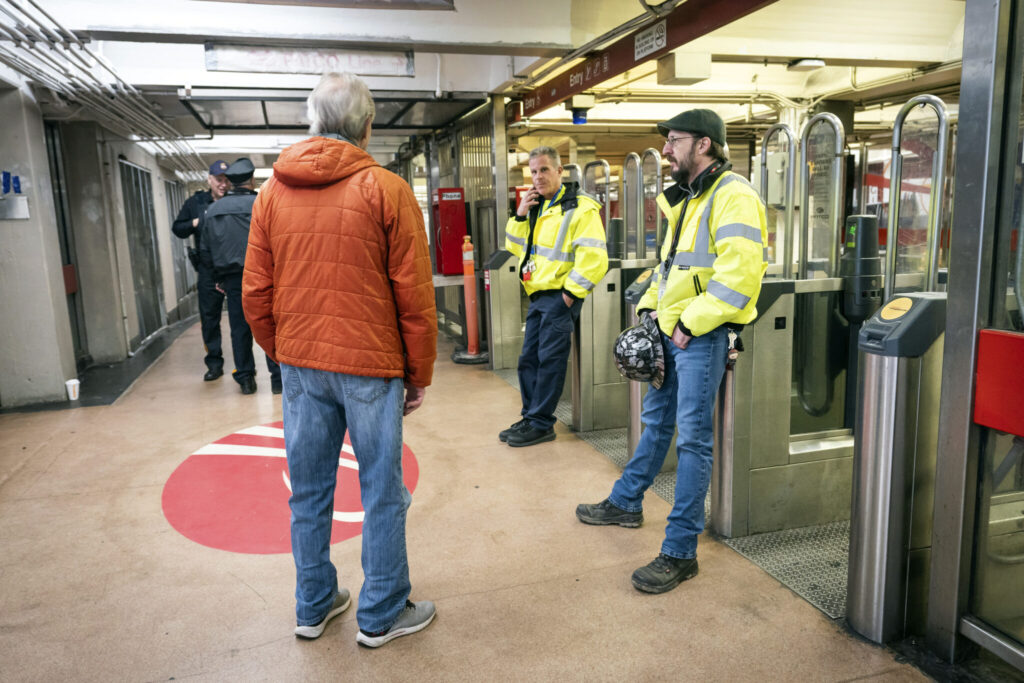
“Pretty weird and scary,” Shawn Clark said after feeling the quake in his 26th-floor midtown Manhattan office. Clark, an attorney, initially feared an explosion or construction accident.
His colleague Finn Dusenbery worried the ceiling or even the building would collapse.
“I wanted to get out of the building when I felt that,” Dusenbery said.
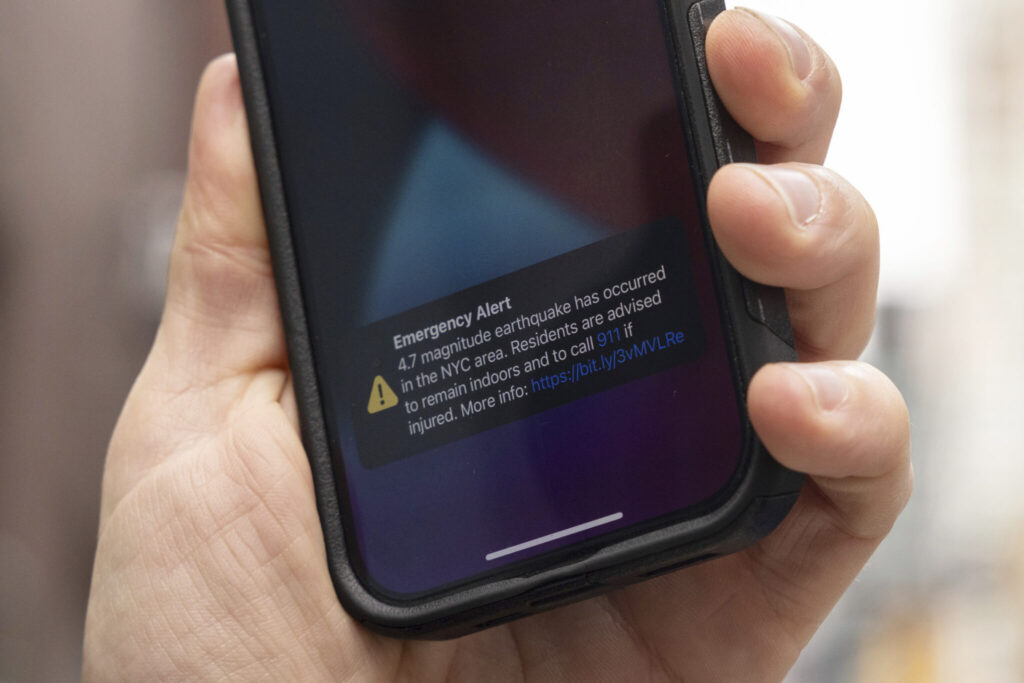
Biden spoke with New Jersey governor about Friday’s quake, White House says
President Joe Biden spoke with New Jersey Gov. Phil Murphy about Friday’s earthquake, according to the White House.
“The President said his Administration is in touch with state and local officials and will provide assistance if needed,”
the White House added.
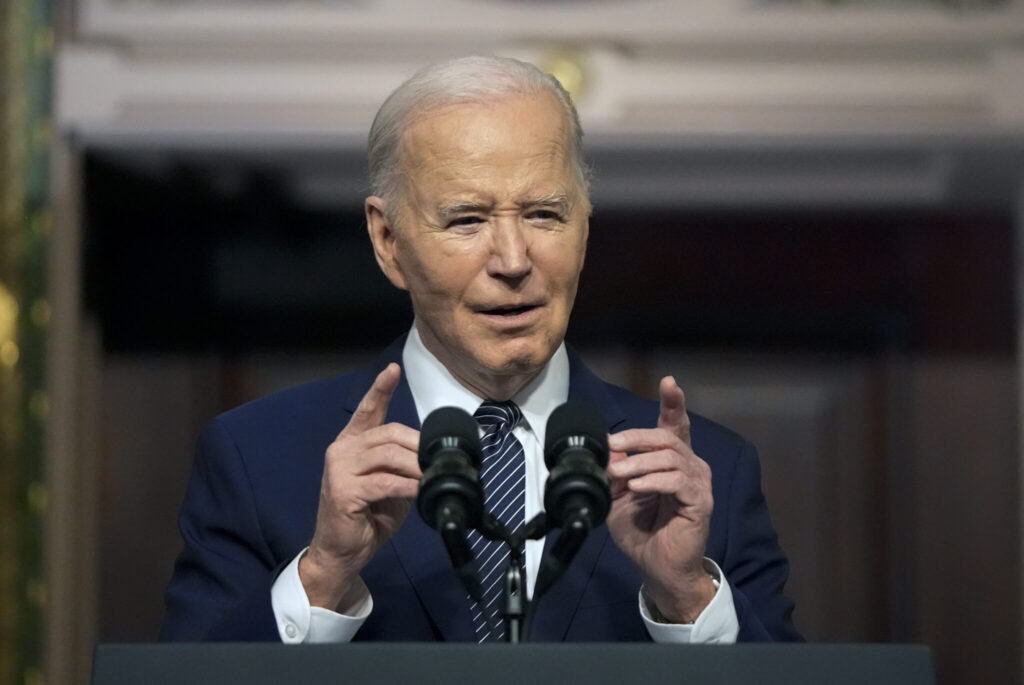
The Federal Emergency Management Agency is in touch with the New York governor’s office, according to a Homeland Security spokesperson.
Earlier Friday, press secretary Karine Jean-Pierre posted on social media that the president had been briefed on the earthquake and was monitoring “potential impacts.”
Homeland Security Secretary Alejandro Mayorkas also said his department is monitoring the aftermath.
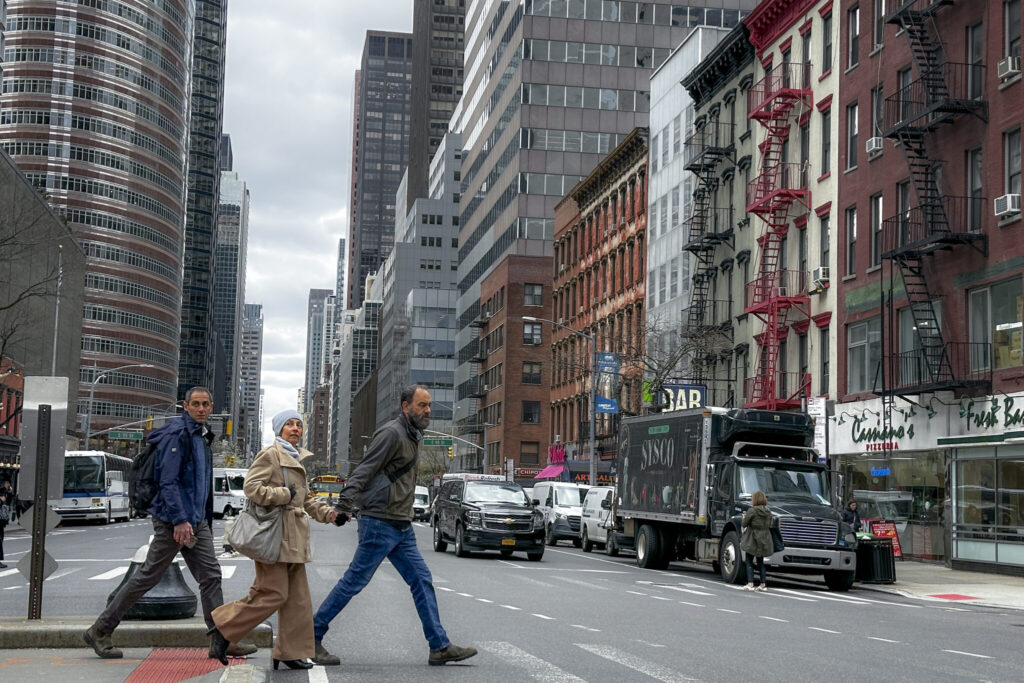
New Yorkers are not accustomed to earthquakes, governor says
New York Gov. Kathy Hochul gave some earthquake safety tips following Friday’s 4.8 earthquake that struck the area, noting people in the Northeast are not used to dealing with quakes.
“If there is an aftershock, people are encouraged to drop and cover and to hold, drop to the floor, cover your neck, and hold onto something that is sturdy,” she said.
“New Yorkers are not accustomed to having earthquakes in our state,” Hochul said. “Everyone should continue to take this seriously.”
New York Gov. Kathy Hochul said.
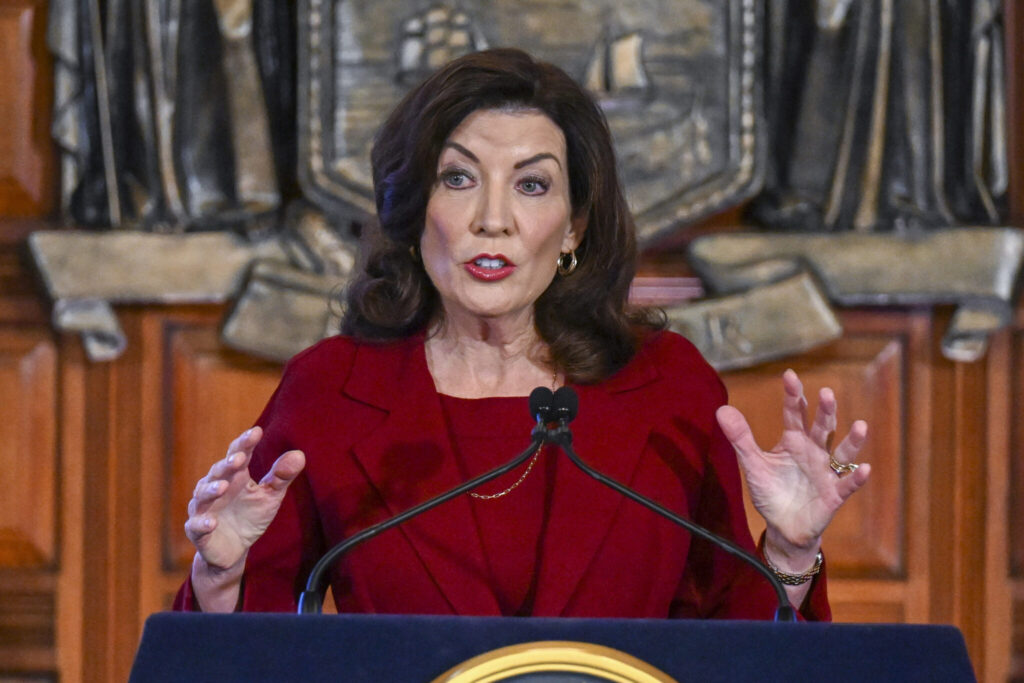
There are no reports of damaged buildings at this time, but Hochul urged New Yorkers to take caution around buildings, especially high rises, if there are any aftershocks.
Hochul added, “If you hear shifting or any noises, unusual noises, leave your home, go outside.”
She urged New Yorkers to inspect their homes for damage, including checking all walls, doors, floors and windows and inspecting waterlines and gas lines.
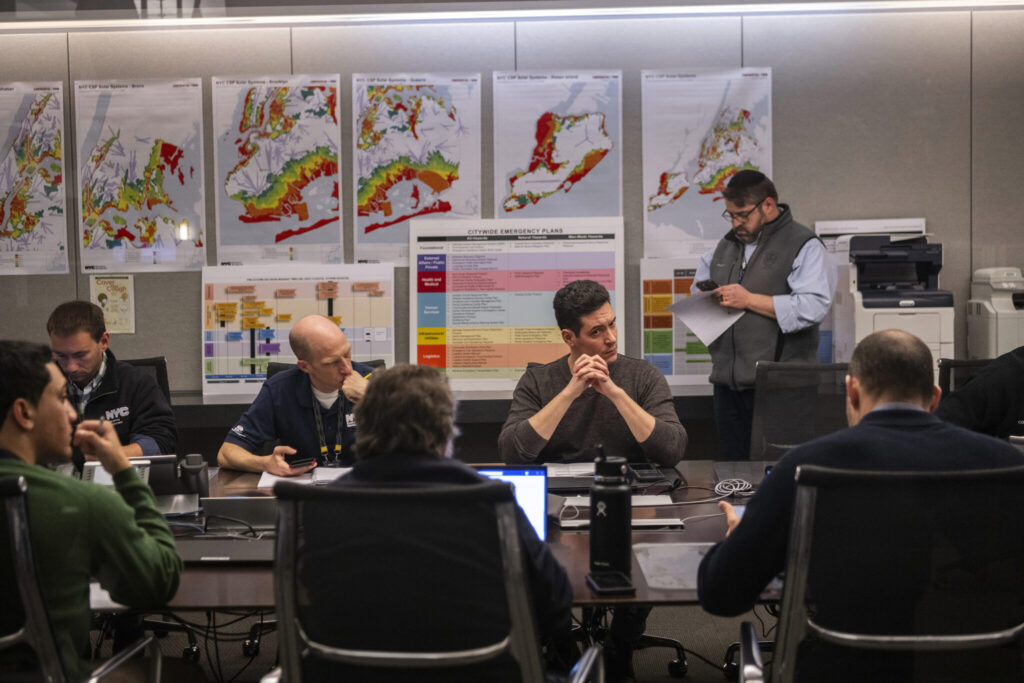
Mayor Eric Adams says New Yorkers should “go about their normal day” after quake
New York City Mayor Eric Adams said there were no reports of major damage to infrastructure, and no reports of injuries, following the earthquake in neighboring New Jersey Friday morning.
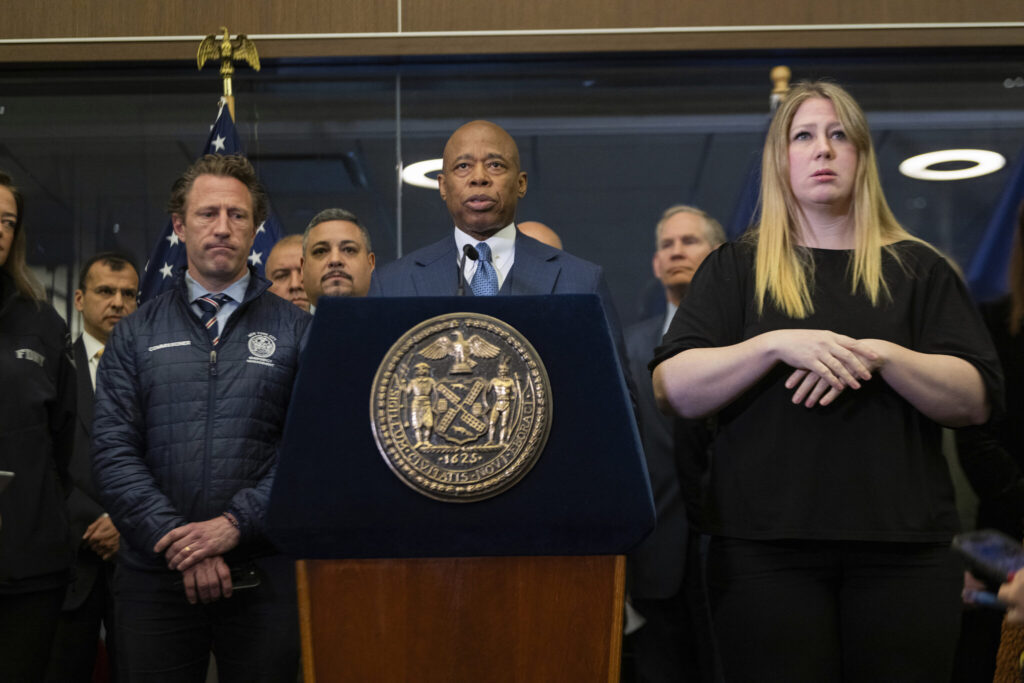
Shaking was felt widely throughout the city, where many residents are unaccustomed to even relatively mild quakes.
“New Yorkers should go about their normal day,” Adams said at a news briefing. “First responders are working to make sure the city is safe.”
New York City Mayor Eric Adams said.
Adams said there are no concerns for school buildings following the earthquake and the safest place for students is to remain at school.
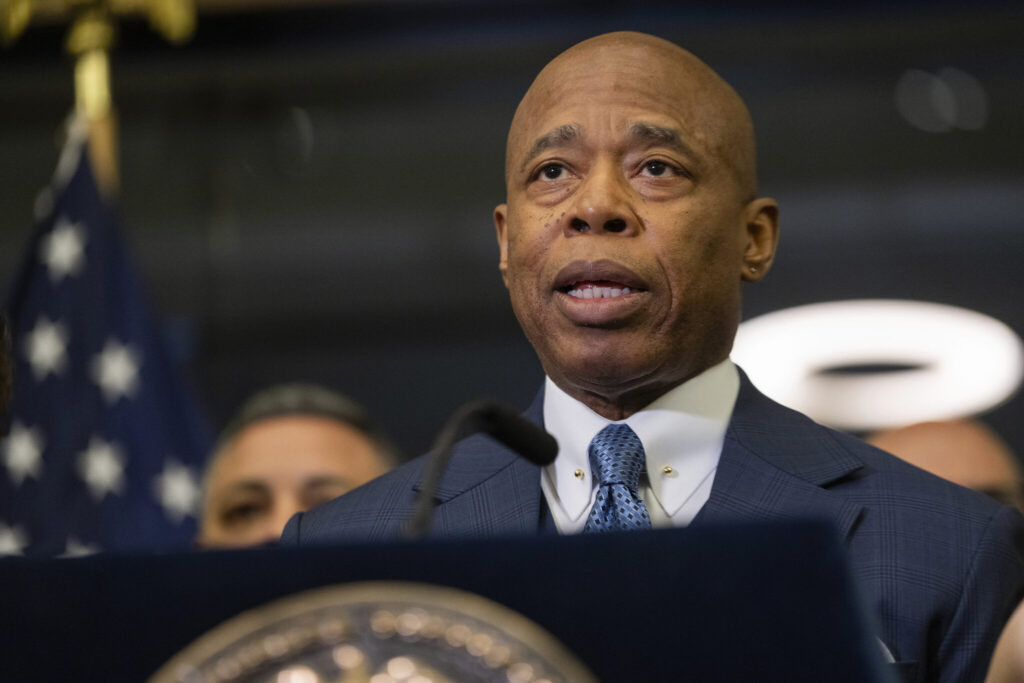
There’s a low likelihood of aftershocks following today’s quake, New York City’s emergency chief says
There is a low likelihood of aftershocks following Friday’s 4.8 magnitude earthquake that rattled several Northeast cities, New York City Emergency Management Commissioner Zachary Iscol said. Iscol, however, urged New Yorkers to remain vigilant.
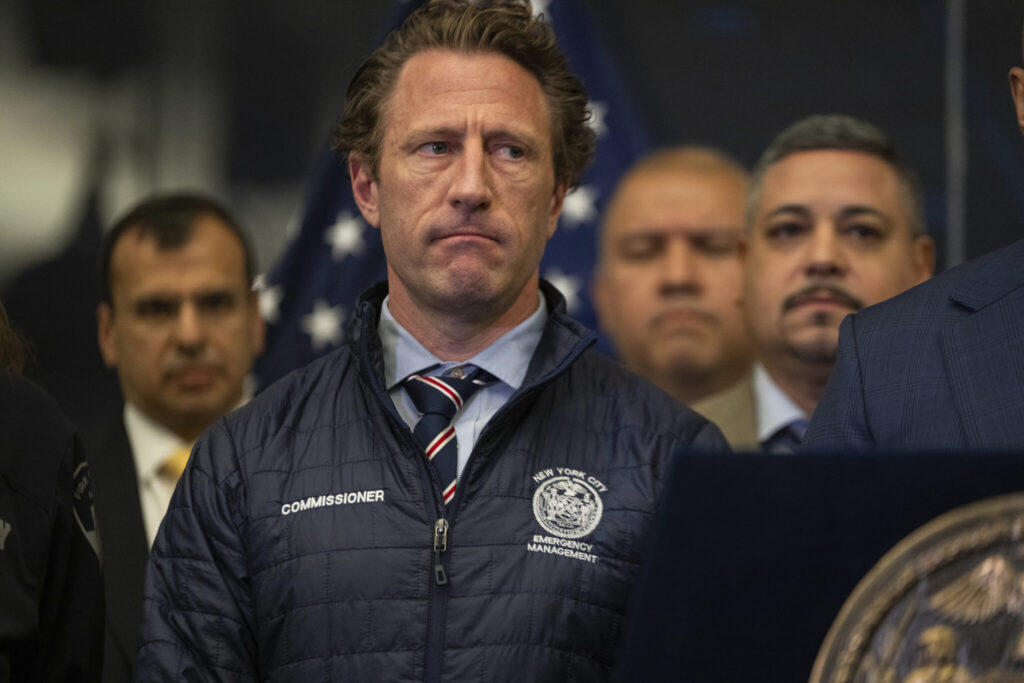
“If you are outside during an aftershock, please move to an open area, away from buildings, trees and power lines. If you are driving, pull over to a safe location,” he said at a news conference Friday alongside New York City Mayor Eric Adams.
Iscol said there were no major impacts or safety events related to the earthquake, and added that New Yorkers can call 311 to report any damage.
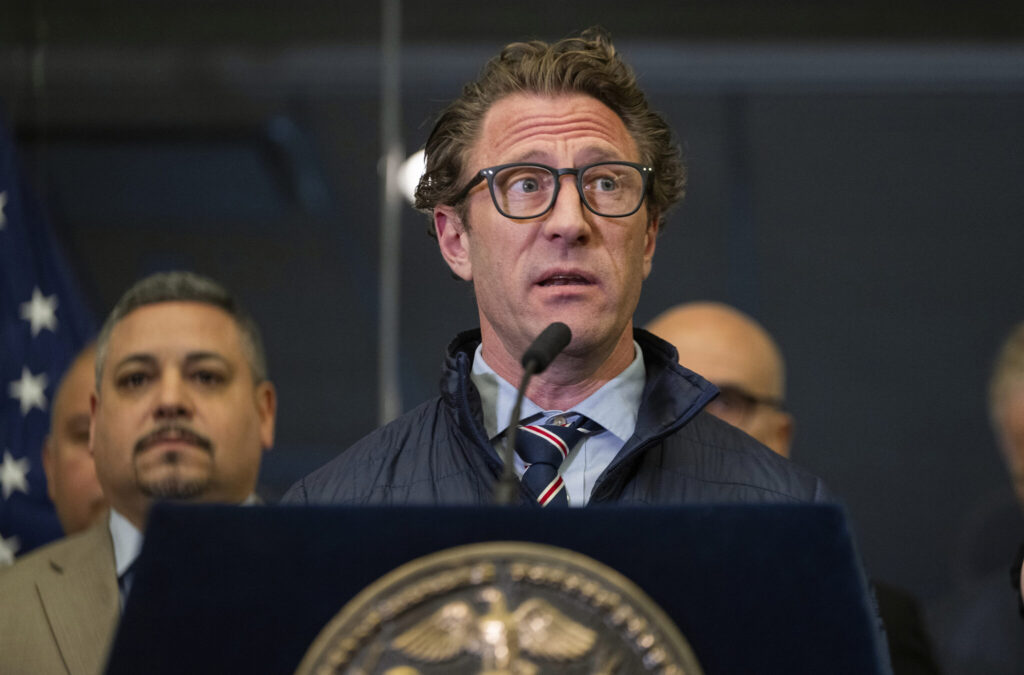
The quake, he said, triggered the activation of the city’s emergency response teams and prompted officials to issue guidance to the public.
“We activated our protocols for this earthquake, we immediately began coordinating with all city, state, federal and our utility partners. Public notifications were sent out both by Notify NYC and our wireless emergency alert system,” he said.
New York City Emergency Management Commissioner Zachary Iscol said.
All aspects of New York City transit system operating safely after earthquake, MTA chief says
All aspects of the New York City transit system are operating safely following this morning’s earthquake, the Metropolitan Transport Authority, which runs the city’s subway and other forms of public transit, said.
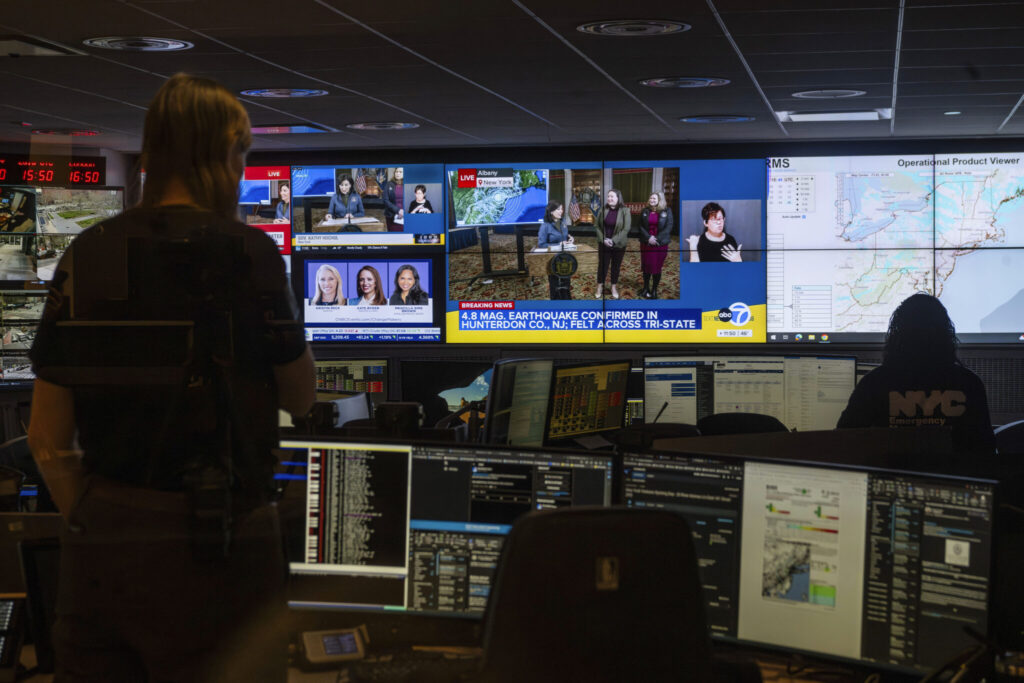
MTA Chair and CEO Janno Lieber said every part of the transit system operated safely during the earthquake, as well.
He said initial facility inspections have been completed, including inspections of the seven bridges the MTA operate.
“I want to emphasize those were designed to withstand much stronger seismic impact than we experienced today,” he added.
According to the MTA website, MTA Bridges and Tunnels (B&T) serves more than 900,000 vehicles on an average day. In 2019, it carried more traffic than any bridge and tunnel authority in the nation — more than 329 million vehicles, the MTA says.
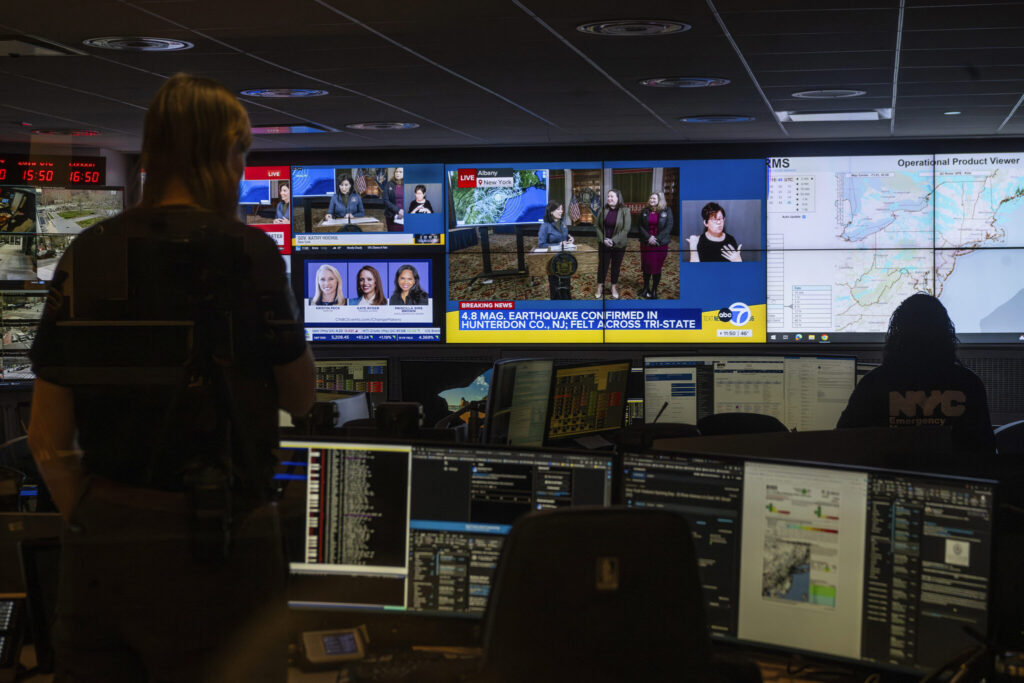
Lieber said MTA frontline staff have been directed to report any abnormalities in the system, but he said nothing had been flagged so far.
In midtown Manhattan, traffic grew louder as motorists blared their horns on shuddering streets. Some Brooklyn residents heard a boom and felt their building shaking. Cellphone circuits were overloaded for a time as people tried to reach loved ones and figure out what was going on.
At U.N. headquarters in New York, the shaking interrupted the chief executive of Save The Children, Janti Soeripto, as she briefed an emergency Security Council session on the threat of famine in Gaza and the Israeli drone strikes that killed aid workers there.
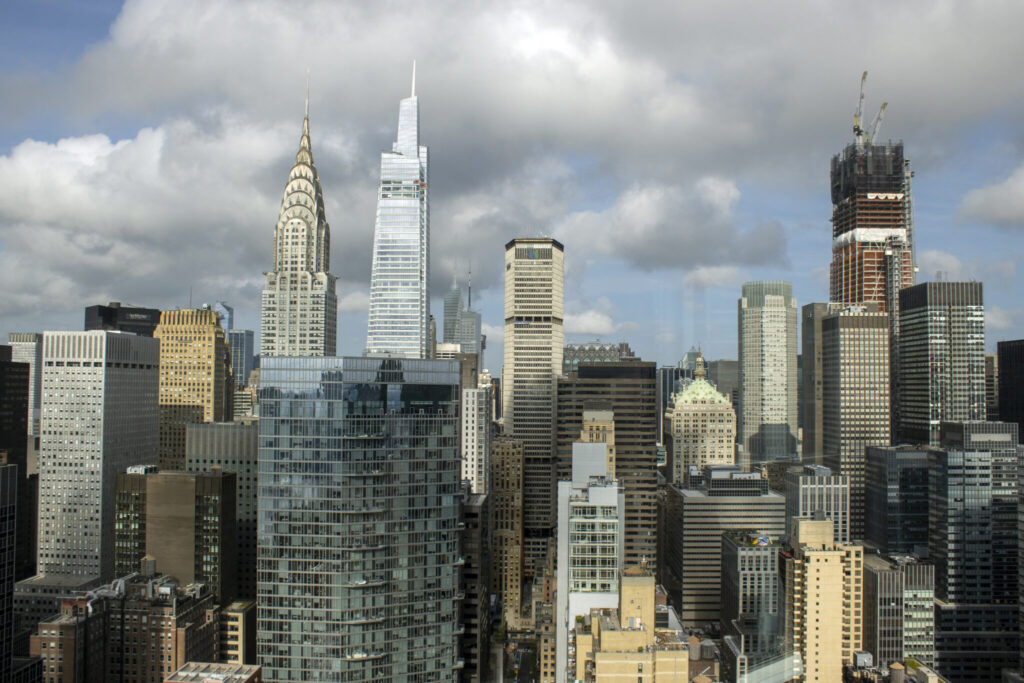
“Is it an earthquake?” Soeripto wondered aloud, then asked if it was all right to go ahead. She did, but soon diplomats’ phones blared with earthquake alerts.
In New York City’s Astoria neighborhood, Cassondra Kurtz was giving her 14-year-old Chihuahua, Chiki, a cocoa-butter rubdown for her dry skin. Kurtz was recording the moment on video, as an everyday memory of the dog’s older years, when her apartment started shaking hard enough that a large mirror banged audibly against a wall.
Kurtz assumed at first it was a big truck going by. The video captured her looking around, perplexed. Chiki, however, “was completely unbothered.”
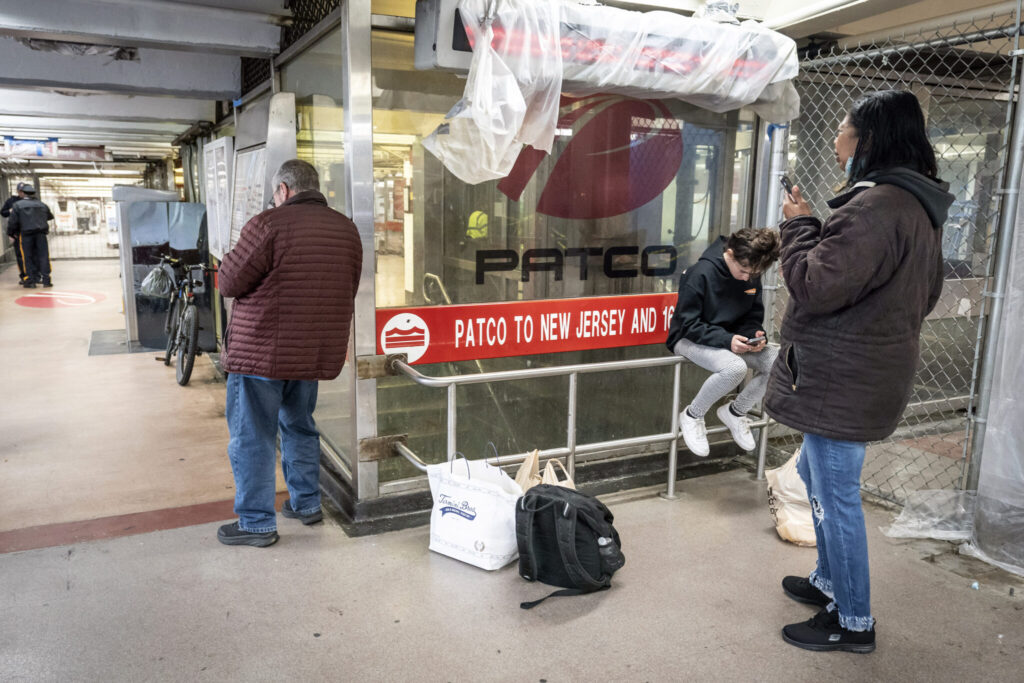
Earthquakes are less common on the eastern than western edges of the U.S. because the East Coast does not lie on a boundary of tectonic plates. The biggest Eastern quakes usually occur along the mid-Atlantic Ridge, which extends through Iceland and the Atlantic Ocean.
Quakes on the East Coast can still pack a punch, as its rocks are better than their western counterparts at spreading earthquake energy across far distances.
“If we had the same magnitude quake in California, it probably wouldn’t be felt nearly as far away,” said USGS geophysicist Paul Caruso.
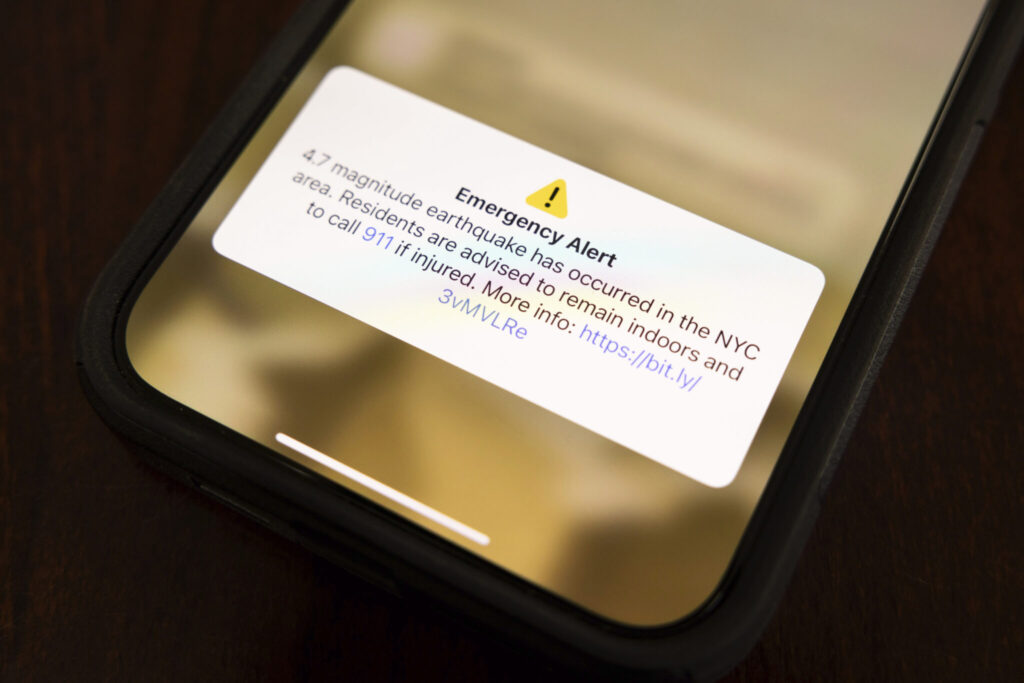
A 4.8-magnitude quake isn’t large enough to cause damage, except for some minor effects near the epicenter, the agency posted on X.
Earthquakes with magnitudes near or above 5 struck near New York City in 1737, 1783 and 1884, the USGS said. And Friday’s stirred memories of the Aug. 23, 2011, earthquake that jolted tens of millions of people from Georgia to Canada. With an epicenter in Virginia, it left cracks in the Washington Monument and rattled New Yorkers ahead of the 10th anniversary of the Sept. 11 terror attacks.
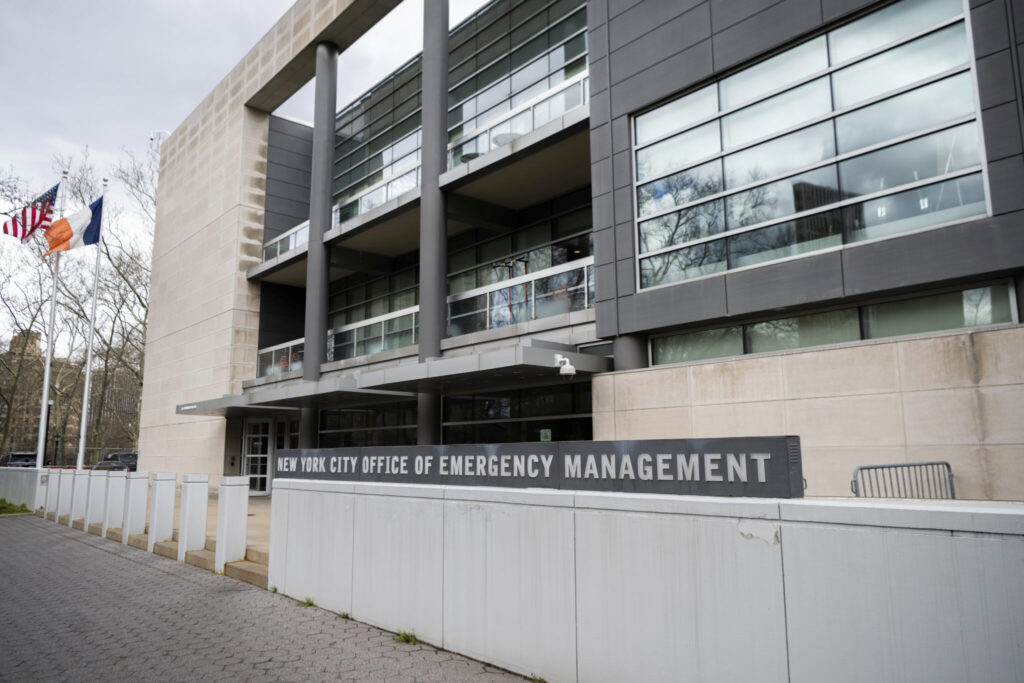
Registering magnitude 5.8, it was the strongest earthquake to hit the East Coast since World War II.
On Friday, the White House said in a statement that President Joe Biden had been briefed on the earthquake and was “in touch with federal, state, and local officials as we learn more.”
As of noon, New York City had no indications of “major life safety or infrastructure issues from the earthquake,” Mayor Eric Adams said on X, adding that the city was inspecting critical areas.
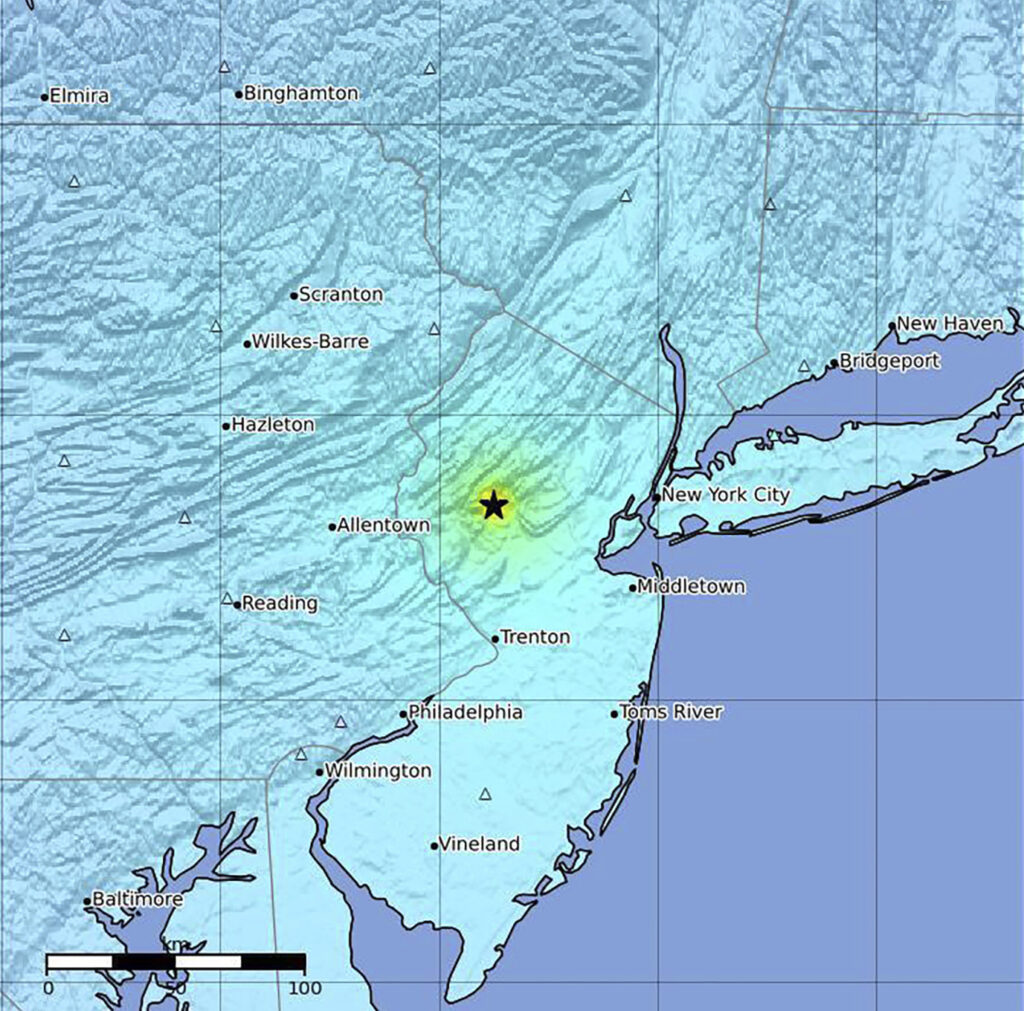
New York Gov. Kathy Hochul posted on X that the quake was felt throughout the state, but officials had no reports of any life-threatening problems.
Solomon Byron felt it as he sat on a park bench in Manhattan’s East Village.
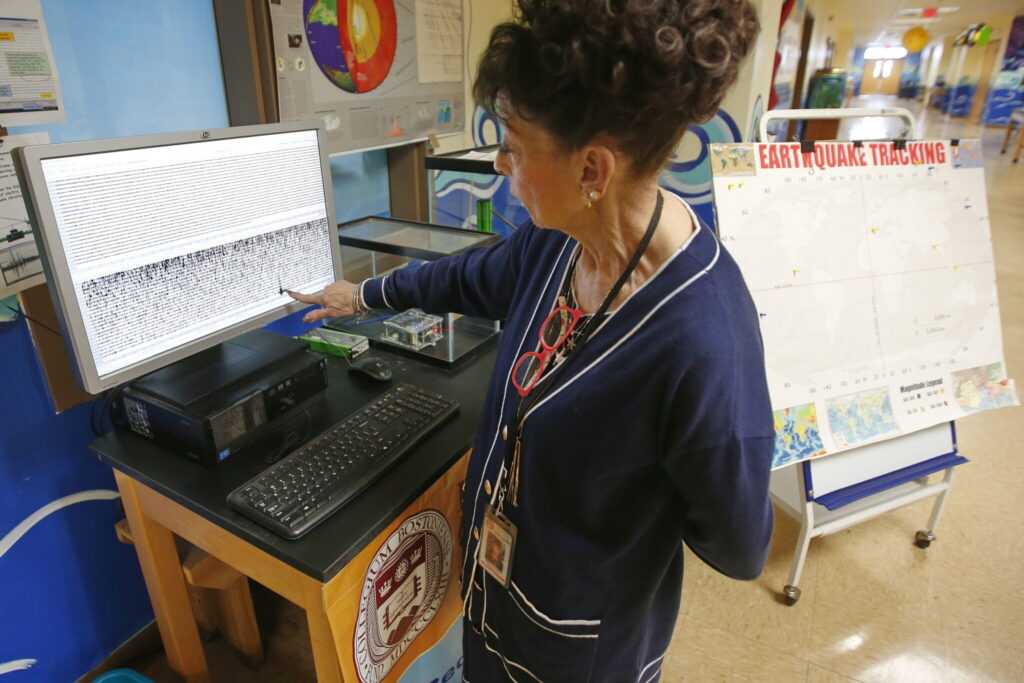
“I was just like, ‘Where is that vibration coming from?'” Byron recalled. He was especially puzzled since there were no subways running nearby.
But he didn’t realize there had been an earthquake until he got the alert on his cellphone.

